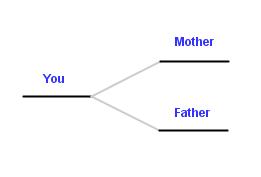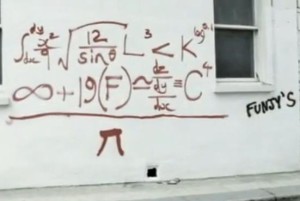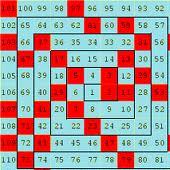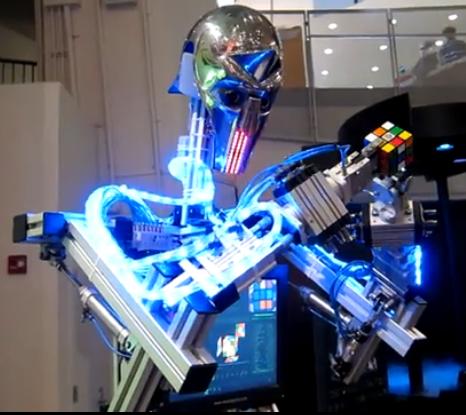Are all of us descendants of Confucius? Here’s a curious mathematical argument that suggests just that.
No matter who you are, you came from a mother and a father (I won’t go into details). So, in your family tree, the part behind you has two branches, like this:

The same goes for your mother and father, and their mothers and fathers, and so on. Thus, continuing on back the line, you see a family tree like this

And it just keeps going and going and going. An interesting mathematical feature of this tree is that, as your move backward in time, each generation has twice as many branches as the previous generation, roughly speaking. Thus, when you go back a hundred or so generations, to the time of Confucius, the number of branches in your family tree is roughly  , or 633,825,300,114,114,700,748,351,602,688 (thanks, WolframAlpha).
, or 633,825,300,114,114,700,748,351,602,688 (thanks, WolframAlpha).
A reasonable estimate is that at the time of Confucius there were around 250 million total people in existence. Each of those  spots in your family tree has to be filled by someone, which means that, on average, each person in existence at that time had to fill roughly
spots in your family tree has to be filled by someone, which means that, on average, each person in existence at that time had to fill roughly
 = 2,535,301,200,456,458,802,993
= 2,535,301,200,456,458,802,993
of the spots in your family tree. It seems like a statistical impossibility that Confucius wasn’t one of them. So, I guess that makes us cousins?
 This is a thoughtful and hilarious satire of old-school, British public television-style educational videos.
This is a thoughtful and hilarious satire of old-school, British public television-style educational videos.



